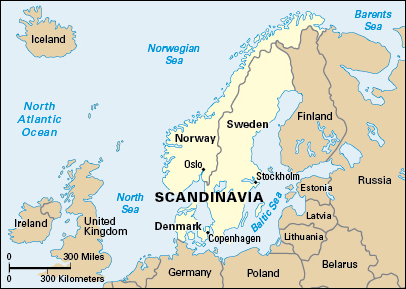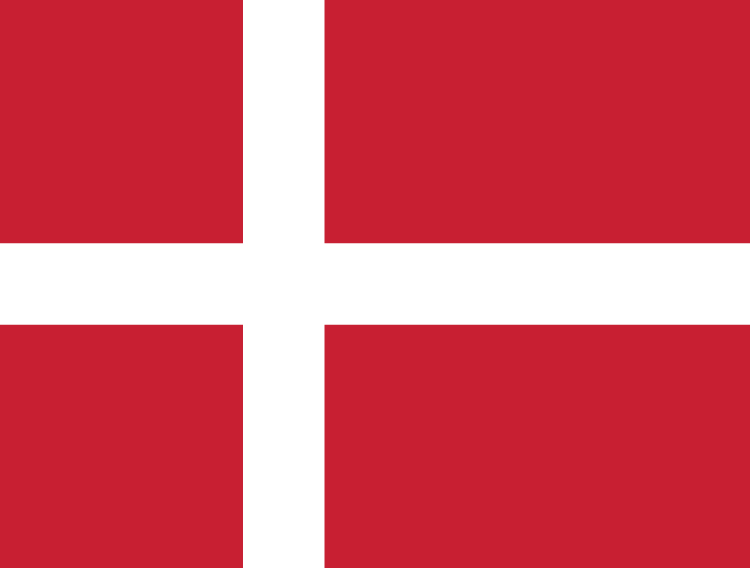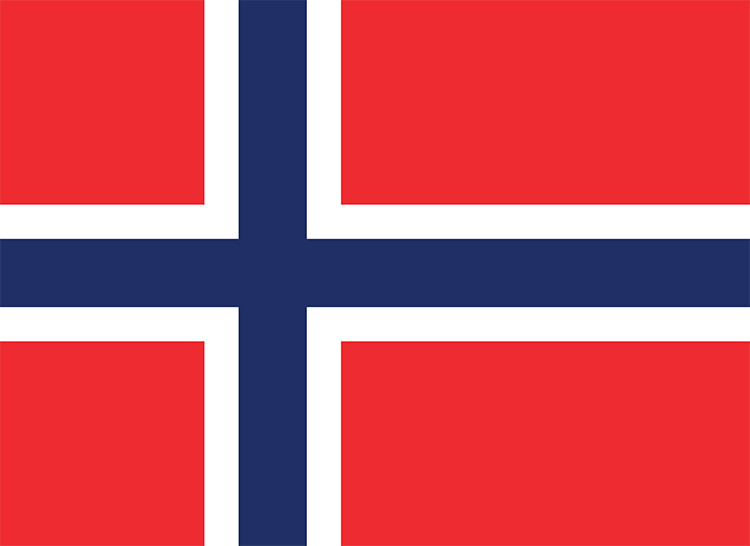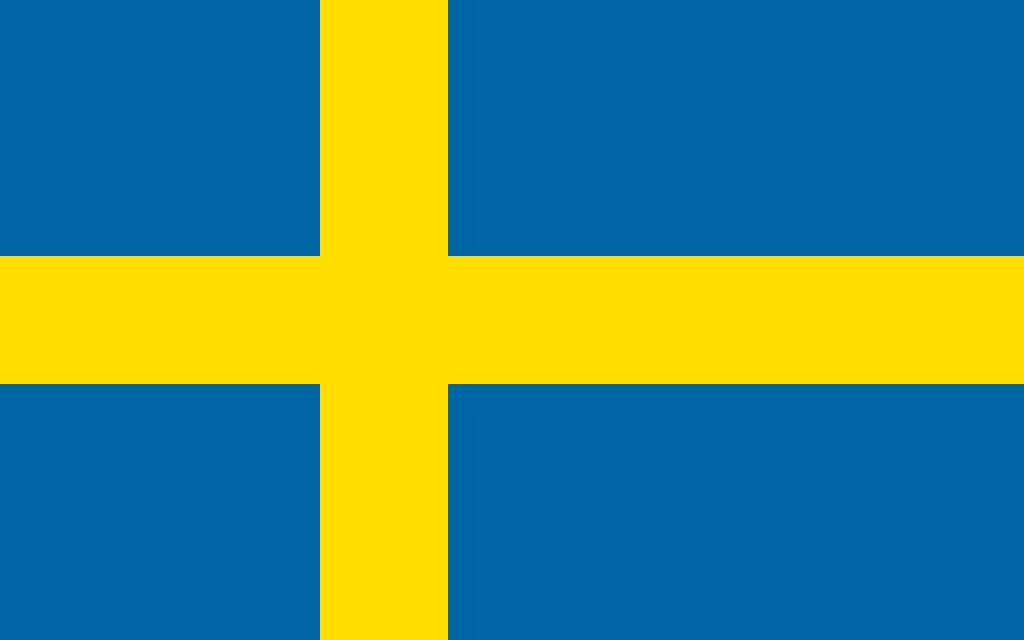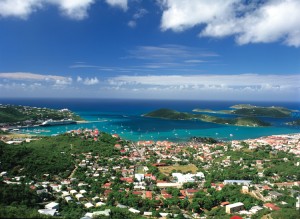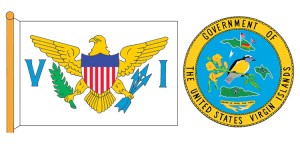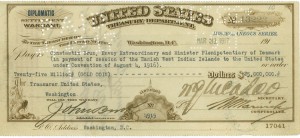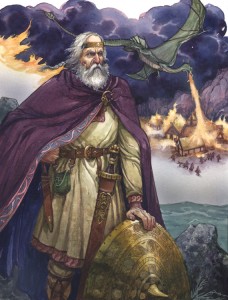Australian Soccer Star Sam Kerr
Wednesday, August 9th, 2023If you’ve been following the World Cup, you have probably heard of Australian player Sam Kerr. The star striker returned from sitting out of the games due to a calf injury. Kerr joined the Matildas to defeat Denmark 2 to 0 on Monday, August 7th.
Sam Kerr is an Australian soccer star. Kerr, a striker, represented Australia in the FIFAWorld Cup in 2011, 2015, and 2019. FIFA stands for Fédération Internationale de Football Association (International Federation of Association Football). FIFA is soccer’s world governing body. Soccer is called football in much of the world. In 2019, Kerr became the first Australian to score three goals, a feat known as a hat trick, in a World Cup match.
In 2008, Kerr played her first match in the W-League, the top Australian women’s soccer league, with Perth Glory FC in Western Australia. FC stands for football club. The W-League was renamed the A-League starting in 2022. In 2012, Kerr moved to Sydney FC, a W-League team from New South Wales. She helped Sydney FC win the 2012-2013 W-League championship before returning to Perth in 2014. Kerr also played in the National Women’s Soccer League (NWSL), the top women’s professional soccer league in the United States. She made her NWSL debut in 2013. The Australian and U.S. leagues compete in different months of the year, enabling Kerr to play for both leagues.
In 2020, Kerr left the W-League and the NSWL and joined the Football Association (FA) Women’s Super League in England. With Chelsea FC Woman, a Super League team from London, she won multiple Super League titles and two FA Cups. She is the only female player to earn the Golden Boot, awarded to the top scorer, in three international soccer leagues: the A-League, the NSWL, and the FA Super League.
Samantha May Kerr was born on Sept. 10, 1993, in Fremantle, Western Australia. She grew up playing Australian Rules football. Her father and brother both played Australian Rules football in the Australian Football League (AFL). Kerr switched to soccer when she was around 12 years old.
At age 15, Kerr joined the Australian national women’s team, known as the Matildas. She played in her first international match in 2009. Kerr was named Young Australian of the Year in 2018. In 2022, she was awarded the Order of Australia. Kerr was named captain of the Matildas in 2019. She also represented Australia at the 2016 and 2020 Summer Olympic Games. The 2020 Tokyo Olympics were held in 2021 due to the COVID-19 pandemic.


